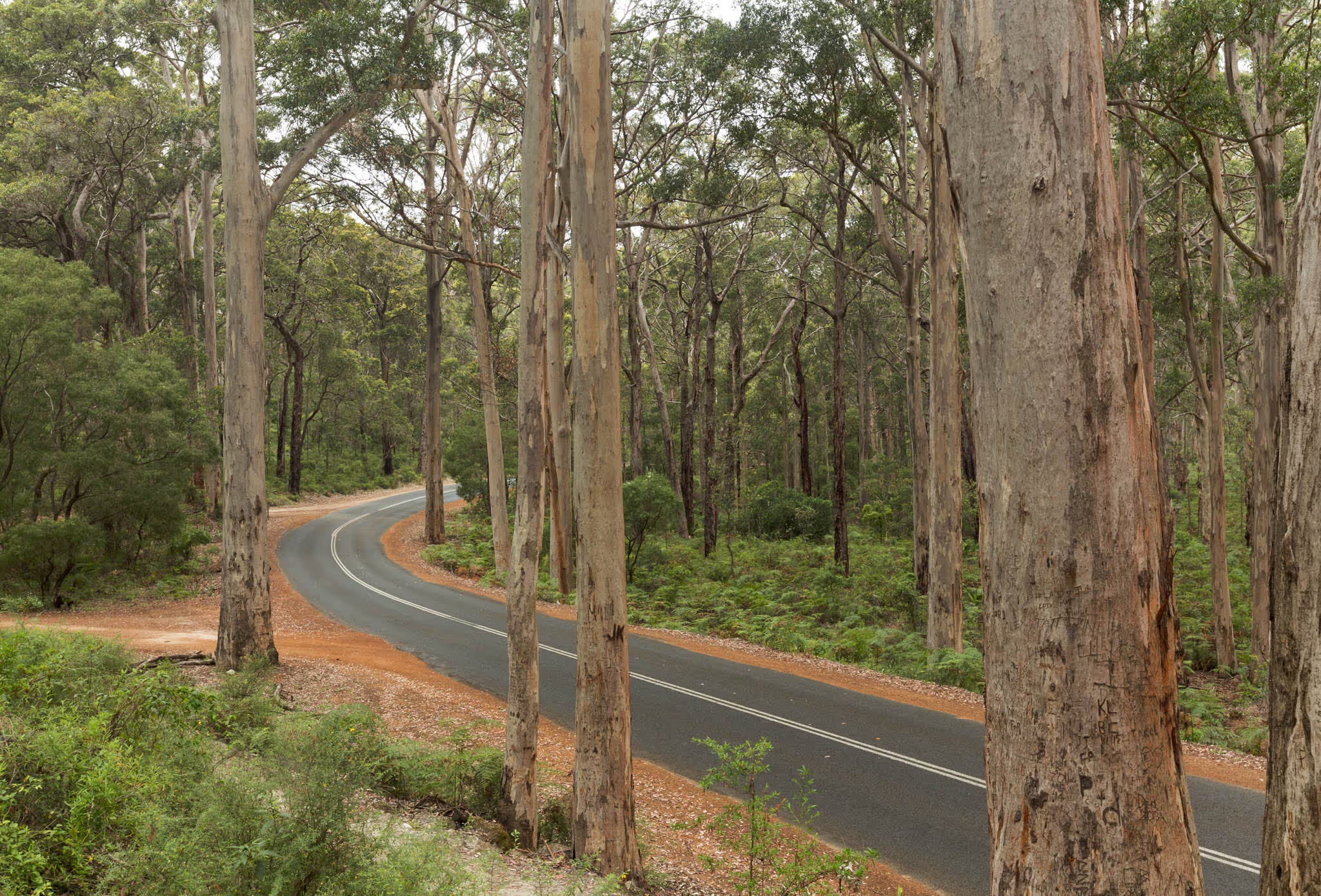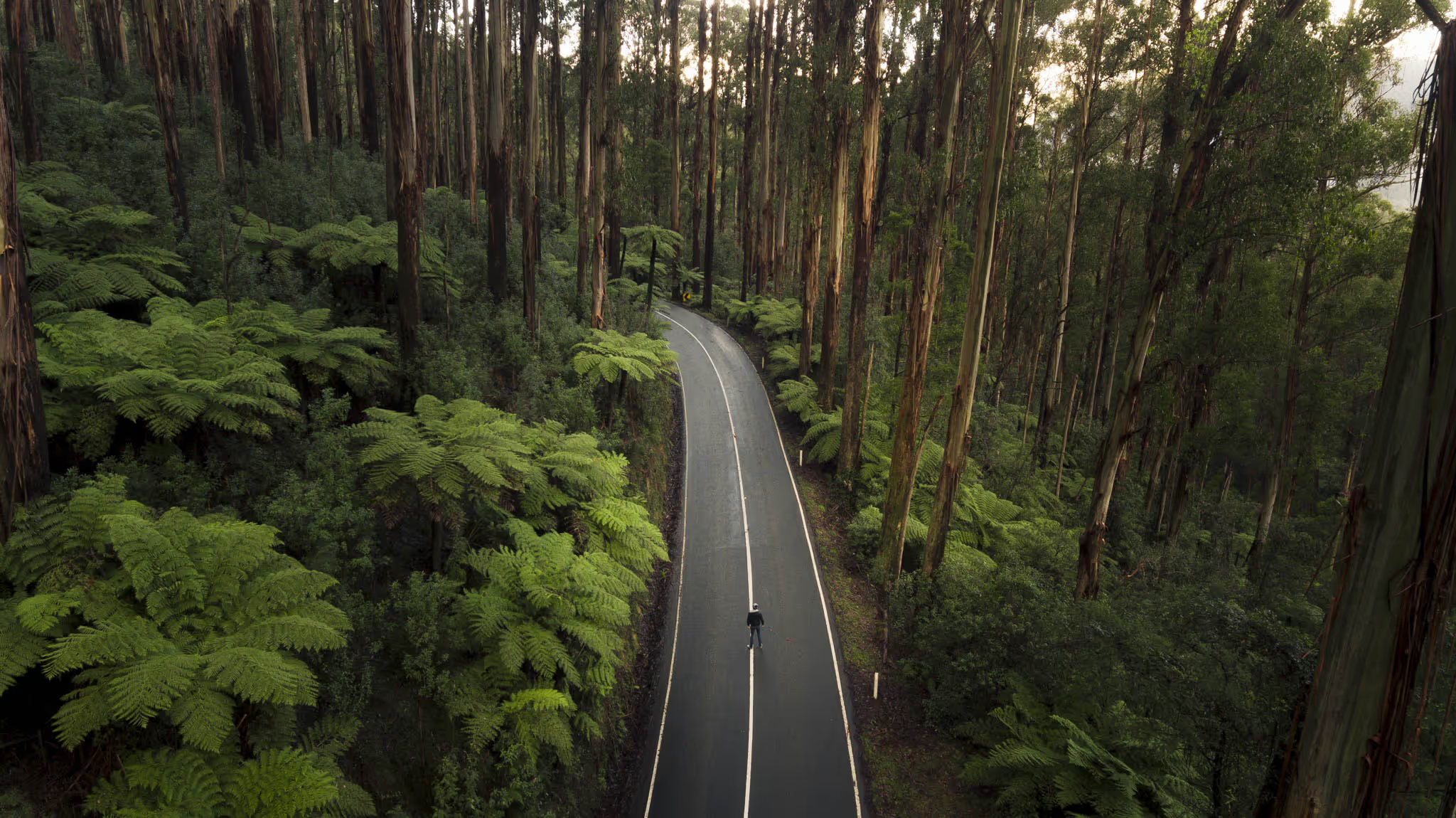Other than in the medical field, the phrases “research and development” and “race against the clock” are not often used together. However, Australia is facing a crisis in terms of the 3.5 million tons of plastic we use every year, and the need to find domestic means of using it following a looming ban on exporting Australian waste.
Australia’s elected officials have directed that this problem be solved quickly, as it needs to be, and have provided some resources for long-term resolution. Governments and Industry have both been mobilised to find ways in which waste products can be used as valuable assets.
The use of plastics in roads is one such initiative. To date, several providers have demonstrated that plastic can be used in constructing an asphalt road surface. There is a lack of clear evidence of safety, value for money and recyclability of these demonstration products. The pathway to deliver security around the use of recycled plastics in roads rests on the development of clear well researched and performance-based specifications for each State agency to adopt. Without specifications, uptake will be very limited and an opportunity to use even a small slice of the plastic waste stream will be lost.
This short research update provides an overview of work that ARRB is conducting with the aim of producing a specification by early 2021. Ordinarily development of a specification would take a matter of years, but in this case the need is so urgent that it will be done inside of 12 months
The Bigger Picture Driving Urgency
The road infrastructure industry has been practicing circular economy principles for more than 50 years. When a pavement is ‘broken’ we don’t throw it away, we reuse and recycle the materials, often with a small additive of new materials. In answer to the question of whether a particular recycled material can be used in a pavement, the answer is always the same: Yes, provided that it
(i) is safe for people and the environment
(ii) offers value for money for the taxpayer and
(iii) allows the future recycling of the materials with which it is mixed.
When the issue of plastic waste and recycling and reusing it came to the fore, ARRB’s response has been as above – it can be used, provided that specifications exist to ensure the three provisos mentioned above are met.
Australia’s Transport Infrastructure Council members (the Federal, State and Territory Ministers of Transport and Infrastructure) have been keenly encouraging road agencies to determine the extent to which recycled plastics could be used in Australian pavements and have an answer by March 2021. To be able to comply with this unheard-of deadline for a specification, Queensland’s Department of Transport and Main Roads and Main Roads WA engaged ARRB to find the answers by the Ministerial deadline.
ARRB has completed a large portion of this work, and is conducting some pilot testing of plastic/bitumen mixes at our state-of-the-art laboratory facilities in the National Transport Research Centre at Port Melbourne.
A Note on Specifications And Their Role In Innovation
Specifications must be living documents, particularly where they pertain to innovations in their infancy.
As innovative materials are used, the industry learns more and is then in a position to update specifications. Specifications have two main purposes; (a) to outline what works and how to best get it to work (b) to outline what has been shown to not work and proscribe its use.
Specifications embody the scientific evidence – that which is available at the time - of what passes tests (i) to (iii) above in a form that allows practitioners to use or decline to use an innovation – such as a particular type of plastic used in a particular way. In this way, the use of innovative materials becomes more attractive, through better knowledge and better management of the risks associated with them.
By making the decision on whether an innovation is safe, recyclable and offers value for money an easy one for practitioners, a specification frees the practitioner’s scarce time to focus on the best option of any presented.
Work State-Of-Play
Initial stages of the project were aimed at assessing the scientific viability of recycled plastics as an additive to bitumens and asphalts. Several demonstration projects had shown that road surfaces could be constructed incorporating recycled plastics. Because of proprietary interests, there was inadequate information available on the materials used, their chemical and engineering properties, their safety (because of an absences of directly applicable standards). Information on likely long- term performance (value-for-money) was not available.
ARRB’s first tasks were therefore to do desk-top studies of the three ‘provisos’ mentioned above, with particular focus on the safety – for both humans and environment aspects. While QTMR and MRWA consider these, ARRB has conducted some pilot work on:
• Chemical characterisation of the most viable waste streams of recycled plastics in concert with some of Australia’s leading universities with advanced chemical characterisation capabilities
• Stability of mixtures of bituminous materials and recycled plastics
The Technical Challenges Ahead
The technical challenges that lie ahead are significant and ARRB has mobilised significant part of our national pavements and materials team in order to allow
QTMR and MRWA to have answers for their respective Ministers and for TIC early in 2021. The three major technical challenges they are applying their minds to at present are:
- Finding means of stabilising bitumen modified by the addition of plastics. Our very early work in this area on a number of plastics shows that these mixes are unstable and prone to separating out to an unacceptable degree, particularly in storage. The propensity to breakdown varies with the source of plastic and with the percentage of plastic used. The teams are starting to get an understanding of these relationships. There are a number of strategies to pursue in addressing this problem, and the teams are looking into the feasibility of each of these.
- To produce a waste plastic modified asphalt with performance enhancements will require the plastic to interact with the bitumen. There is the possibility to add plastic directly in with the asphalt mix to try to get this interaction, but there are questions about whether the interaction is long enough in an asphalt plant. The best approach is likely to lie with modifying the bitumen directly – but has compatibility and storage stability issues. Waste plastic can be added via a dry process, which incorporates higher melting point plastics as a partial fine aggregate replacement. However, this is likely to be at the detriment of the resultant asphalt properties as the waste plastic will not have as good properties as the aggregate it is replacing.
- As the vast majority of the sealed road network has a seal surface, not asphalt, investigations aimed at optimising the use of plastic must solve the stability of bitumen plastics mix.
- Developing a reliable, repeatable and realistic test to determine the long-term stability of the plastic itself when used in bitumen or asphalts. Microplastics and leaching are significant environmental hazards, and at present ‘plastic’ roads are being laid without knowledge of their likely breakdown over the duration of their lifecycle. We have used our international and university networks to find relevant tests in other fields that can be used as ‘proxy’ tests in a modern pavement research laboratory.
- Establishing a means of assessing the safety of the material for humans working with it during construction and maintenance.
Concluding Remarks
This project and the Ministerial deadlines driving it have shown that a lot can be achieved in terms of bringing science and rigour to a new field through developing specifications in a short space of time. It is a model to be encouraged as we grapple with the need to innovate and overcome traditional obstacles to innovation. The faster we can apply some science to hitherto haphazard innovations and reassure the custodians of our infrastructure that they too offer value for money, the faster the taxpayer and the environment will benefit.
Acknowledgments
The support of QTMR and MRWA in funding this R&D is acknowledged, as is the support of senior executives in those agencies who have spent considerable time in helping accelerate the program.
The authors of this update would also like to acknowledge the highly intensive effort that a large portion of our staff, led by Dr James Grenfell, have made over the last few months and will be making up until publication of the specification in the first half of 2021.





